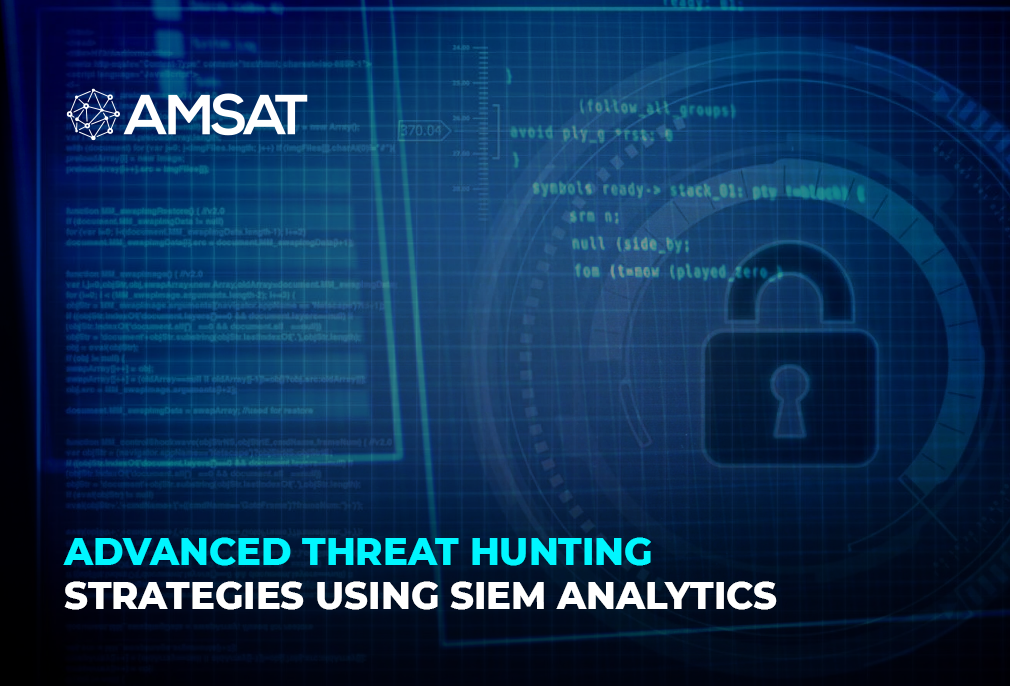Latest Blogs

By AMSAT Jan 13,2021
Evaluating User and Attacker Behavior Analytics
Traditional user behavior analytics helps organizations understand normal employee activity: the data they access, login times, and physical location. Deviations from this baseline, like a London employee logging in from Bangkok at 3 am, trigger investigation.
Attacker behavior analytics, however, operates in a murkier world. With no established “normal” for attackers, analysts must piece together apparently unrelated network events like breadcrumbs. This investigative endeavor, marrying technology and human intuition, exposes the attacker’s hidden path within the network.
Setting Prowler Traps
Some targets are just too appealing for a hacker to steer clear of. Security experts are cognizant of this fact, so they set traps in the hope that an attacker will take the bait. Against the backdrop of an organization’s network, an intruder trap could include a special target that may be particularly tempting to an attacker. When a hacker goes after this lure, it causes an alert so the security team could know there is suspicious activity in the network that should be examined.
Navigating Threat Hunts
A threat hunt allows security experts to vigorously get into their own network, endpoints, and security technology to look for threats or attackers that are primed to attack. This is an unconventional technique commonly performed by skilled security and threat experts.

A well-developed security threat finding program should preferably include these strategies to oversee the security of the organization’s employees, data, and important assets.
A Two-Pronged Approach is Needed to Detect Threat
Threat detection requires both human and technical elements. The human element comprises security experts who evaluate trends, patterns in data, behaviors and reports, as well as those who can ascertain if irregular data points to a possible threat or a false alarm.
However, threat detection technology also plays a pivotal role in the detection procedure. There’s no silver bullet in threat detection, and no single tool that will do the job.
A strong threat detection program should employ:
- Security event threat detection technology to combine data from events across the network, including verification, network access, and logs from critical systems.
- Network threat detection technology to understand traffic patterns on the network and oversee traffic within and between reliable networks, as well as to the internet.
- Endpoint threat detection technology to provide thorough information about possibly malicious events on user machines, as well as any behavioral or scientific information to assist in probing threats.
Summary
By employing a combination of these defensive methods, you’ll increase your chances of detecting and mitigating a threat quickly and effectively. Security is a continuous process, and it needs to be constantly reviewed and enhanced. Therefore, as a visionary entrepreneur, you are duty-bound to harness the available resources and systems efficiently with just one goal in mind: to ensure fail-safe security of your business.
TAGS
- Cyber Crime
- Security Updates
- Steering Threat Hunts
- Threat Detection
Recent Blogs
Ready to Get Started?
Our specialists are ready to tailor our security service solutions to fit the needs of your organization.










